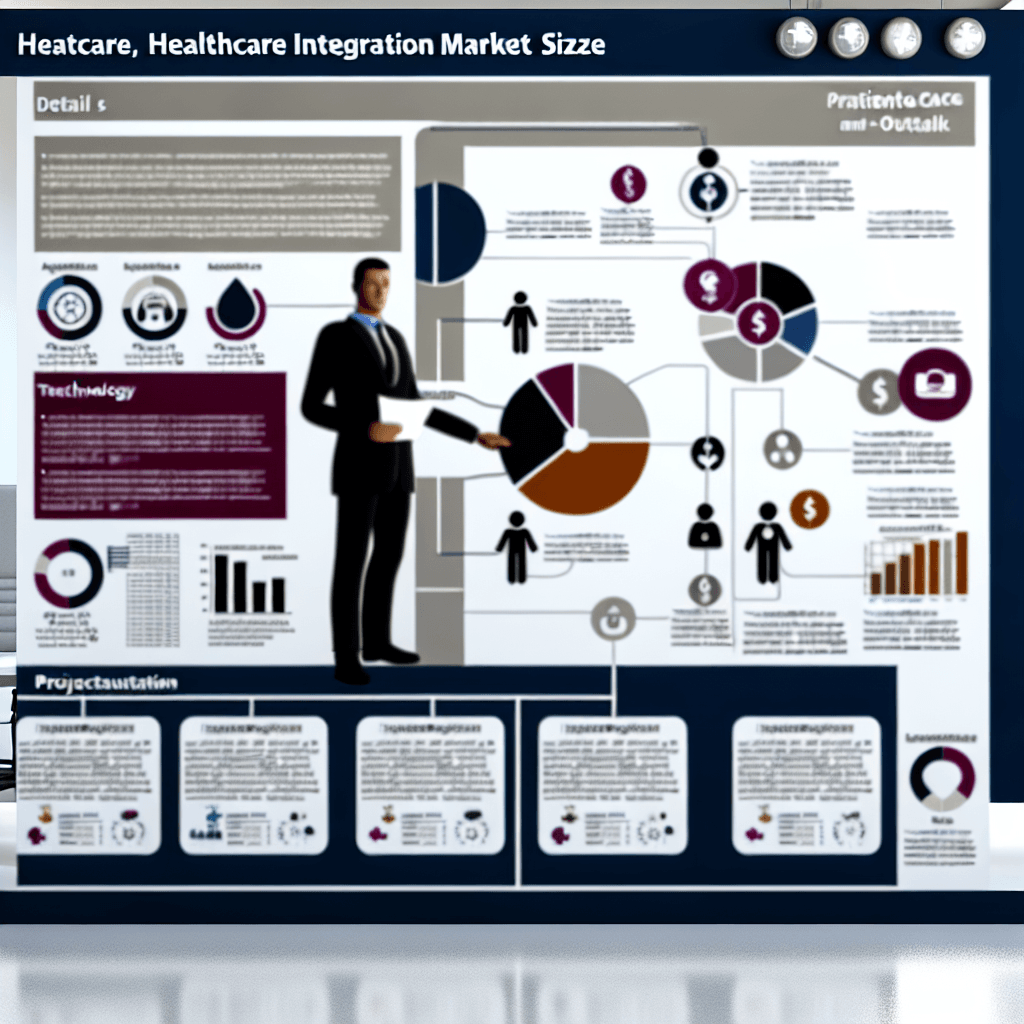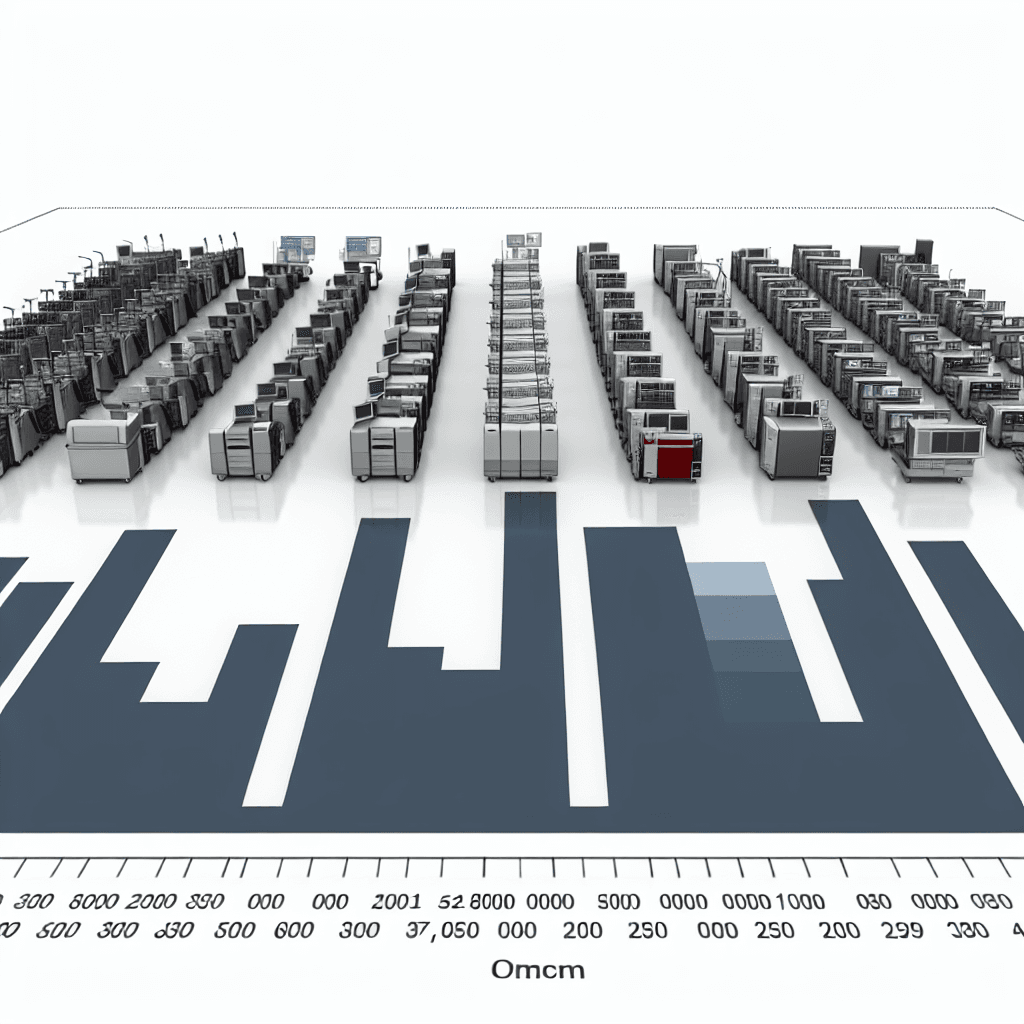Explore the healthcare integration market size and forecast in our in-depth industry outlook.
In-Depth Industry Outlook: Healthcare Integration Market Size, Forecast

Table of Contents
- In-Depth Industry Outlook: Healthcare Integration Market Size, Forecast
- Current Market Overview
- Key Drivers of Growth
- Challenges in the Market
- Technological Trends Shaping the Future
- Case Studies
- Case Study 1: Improving Emergency Care
- Case Study 2: Streamlining Clinical Workflows
- Case Study 3: Enhancing Patient Engagement
- Conclusion
In-Depth Industry Outlook: Healthcare Integration Market Size, Forecast

The healthcare integration market is a critical component of modern healthcare, enabling seamless communication and data exchange across various healthcare systems and applications. This article provides a comprehensive analysis of the healthcare integration market, including its current size, growth projections, key drivers, challenges, and emerging trends. We will also explore several case studies to illustrate the practical applications and benefits of healthcare integration technologies.
Current Market Overview
The healthcare integration market has witnessed significant growth in recent years, driven by the increasing need for coordinated healthcare services and the growing adoption of electronic health records (EHRs) and other digital health technologies. According to recent reports, the global healthcare integration market is expected to reach USD 6 billion by 2025, growing at a compound annual growth rate (CAGR) of approximately 10% from 2020 to 2025.
Key Drivers of Growth
Several factors are contributing to the growth of the healthcare integration market:
- Government Initiatives: Numerous governments worldwide are implementing regulations and initiatives to promote the adoption of healthcare IT solutions, which in turn boosts the demand for integration solutions.
- Need for Improved Patient Care: Healthcare providers are increasingly focusing on improving the quality of care, which requires the integration of various healthcare systems to provide comprehensive patient information.
- Advancements in Technology: Technological advancements, such as cloud computing and big data analytics, are facilitating more sophisticated integration solutions.
- Cost Efficiency: Integration systems reduce healthcare costs by minimizing redundancies and improving operational efficiency.
Challenges in the Market
Despite the strong growth prospects, the healthcare integration market faces several challenges:
- Data Security Concerns: The increasing amount of sensitive patient information being exchanged across platforms raises significant data security concerns.
- High Implementation Costs: The cost of implementing integration solutions can be prohibitive for small to medium-sized healthcare providers.
- Complexity of Healthcare Systems: The inherent complexity of healthcare systems often makes integration a challenging task.
- Lack of Skilled Professionals: There is a shortage of IT professionals skilled in healthcare integration, which can hinder the deployment of integration technologies.
Technological Trends Shaping the Future
The healthcare integration market is evolving rapidly, with several technological trends shaping its future:
- Artificial Intelligence (AI) and Machine Learning: AI and machine learning are being increasingly incorporated into integration solutions to enhance data analytics and decision-making processes.
- Blockchain: Blockchain technology is gaining traction as a means to ensure secure and tamper-proof data exchange across healthcare systems.
- Internet of Things (IoT): IoT devices are becoming more prevalent in healthcare, necessitating robust integration solutions to manage the data they generate.
- API-led Connectivity: Application Programming Interfaces (APIs) are becoming the backbone of healthcare integration, enabling more flexible and scalable architectures.
Case Studies
Let’s examine a few case studies that highlight the impact of healthcare integration solutions:
Case Study 1: Improving Emergency Care
A large hospital in the United States implemented an advanced healthcare integration platform to connect all its emergency services. This integration allowed for real-time data sharing among paramedics, emergency room staff, and specialists, significantly improving response times and patient outcomes.
Case Study 2: Streamlining Clinical Workflows
A multi-specialty clinic in Europe adopted a healthcare integration system to streamline its clinical workflows. The system integrated various clinical applications, including EHRs, laboratory information systems, and imaging software, leading to improved efficiency and reduced administrative burdens.
Case Study 3: Enhancing Patient Engagement
A healthcare provider in Asia introduced a patient portal integrated with its EHR system. This integration provided patients with easy access to their medical records, appointment scheduling, and communication with healthcare providers, thereby enhancing patient engagement and satisfaction.
Conclusion
The healthcare integration market is poised for significant growth, driven by the need for efficient and coordinated healthcare services. While challenges such as data security and high costs exist, advancements in technology and supportive government initiatives are expected to continue driving the market forward. The integration of healthcare systems not only improves the efficiency of healthcare providers but also enhances the quality of patient care. As the industry continues to evolve, healthcare providers must stay abreast of the latest technologies and trends to remain competitive and provide superior care.
In conclusion, the healthcare integration market holds promising potential for transforming the landscape of healthcare delivery. By embracing these technologies, healthcare providers can achieve greater operational efficiencies, improved patient outcomes, and ultimately, a more connected and integrated healthcare ecosystem.








